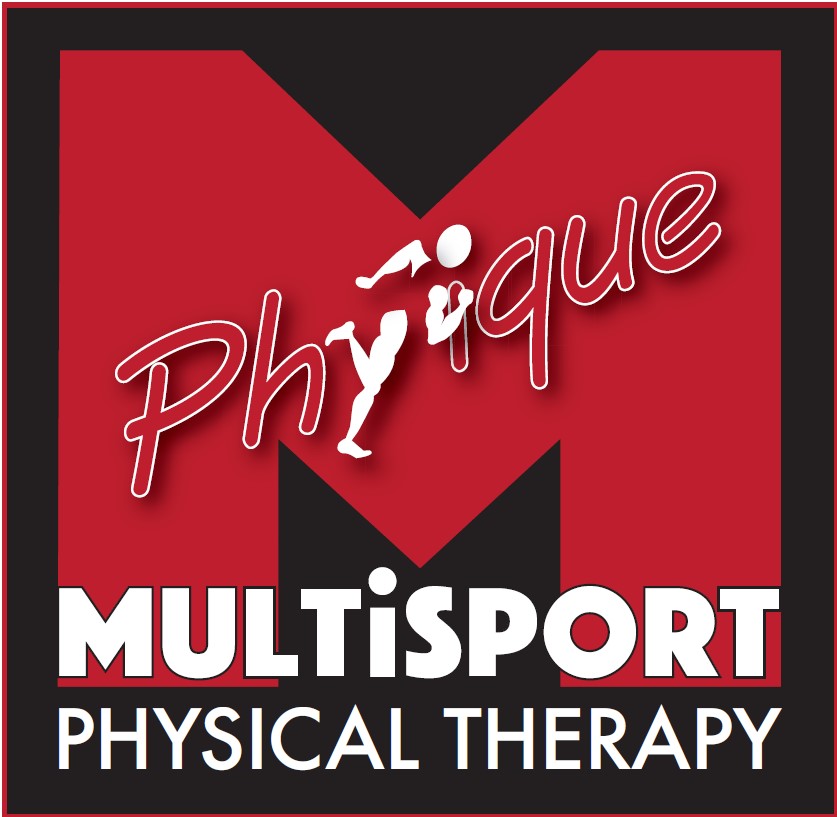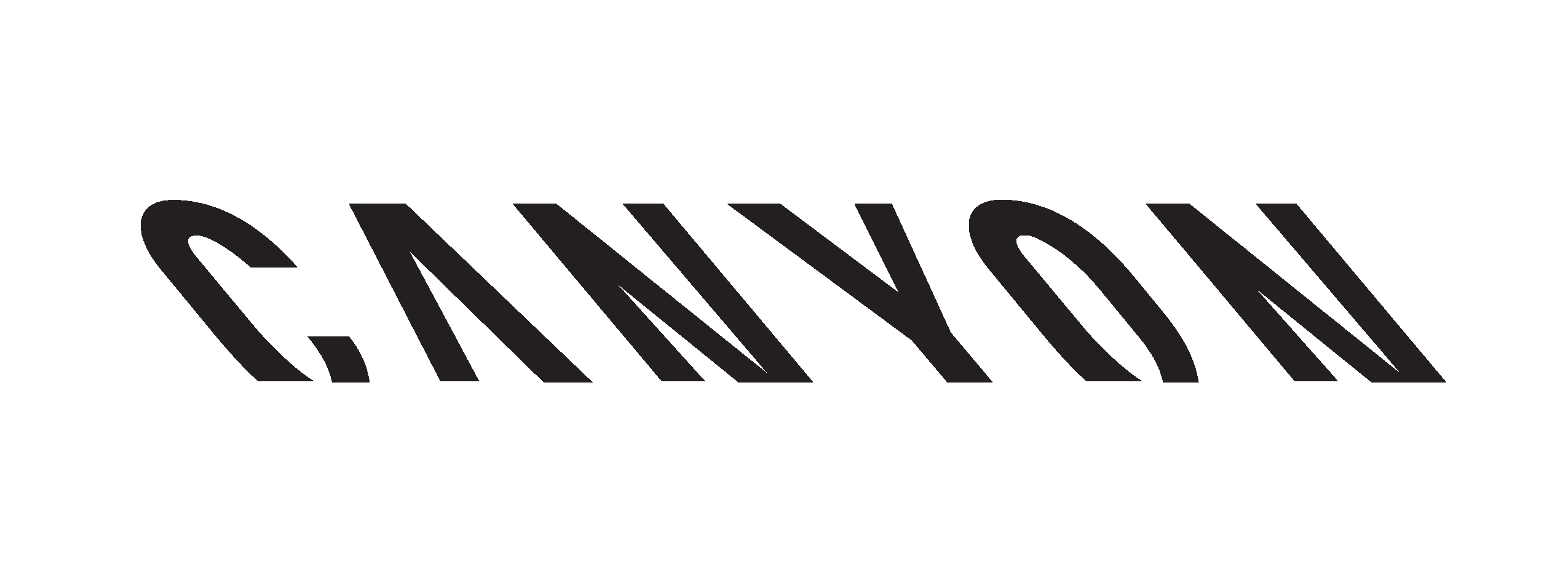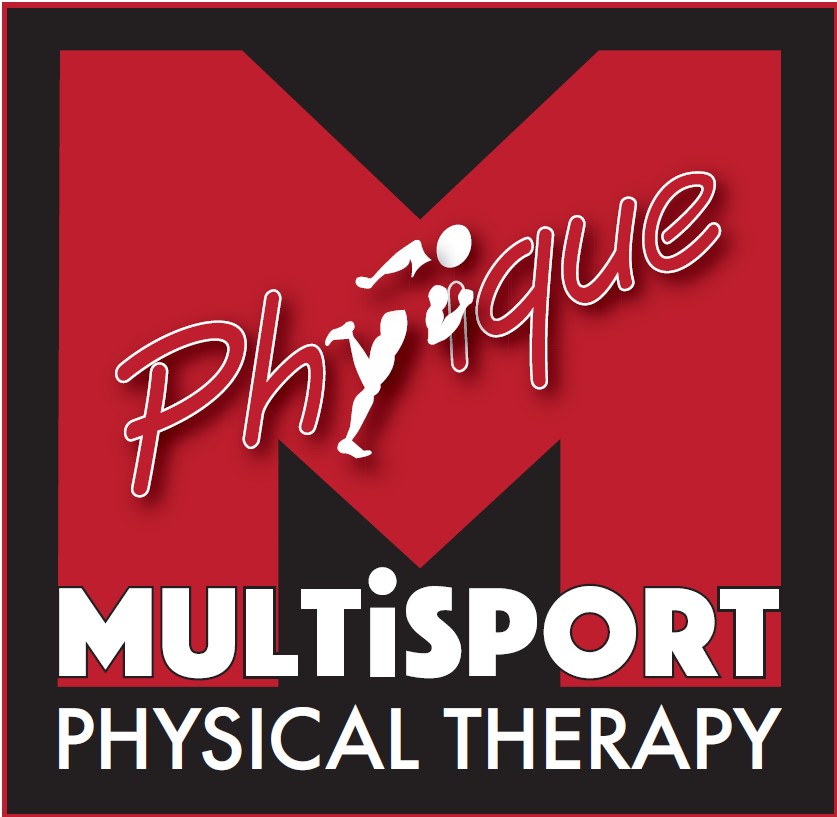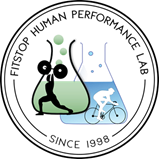Improve Your Swim Cadence By Gerry Rodrigues Published June 5, 2014 Read more at http://triathlete-europe.competitor.com/2014/06/05/improve-your-swim-cadence
Traditionally swim training and drills for triathletes have looked at distance per stroke and trying to lower this rate. While distance per stroke is a wonderful measure of efficiency, we must have a good cadence rate tied to this. For many triathletes, looking at speeding up stroke rate rather than slowing it down, is the best way to swim faster. Triathlete Europe’s resident swim coach, Gerry Rodrigues from Tower26, dispels the myth of distance per stroke and explains how to speed up you stroke rate to swim faster.
There is a significant history in the sport of swimming that has been carried across to triathlon. Distance per stroke is a compelling technique that athletes have been encouraged to work on. Therefore the number of strokes it takes to cross the pool has become a beacon to shoot towards and people try hard to get low stroke counts. The fewer strokes people take shows the measure of improvement. It is a measurement of improvement, in that you are taking fewer strokes, if that is you only goal. In most cases this doesn’t necessarily correlate to an increase in speed.
If we want to become faster swimmers fewer strokes per length is not the only variable to work on. For instance, it wouldn’t surprise me if Michael Phelps could swim across a 25-metre pool in seven arm strokes but you would never see him racing with so few strokes, it might go up to 12.
Although stroke count across the pool can be a measurement of efficiency, that efficiency creates a lot of glide resulting in decelaration and dead spots into the stroke. At the level of swimming that most triathletes are at gliding does not work. In fact, gliding creates lots of dead spots. If we had a velocity graph of an athlete’s propulsion we would see huge peaks and troughs with a retarding of speed during the glide portion of the stroke. This is because there isn’t enough power being generated in the water because most triathletes are not developed enough to have this power to keep them travelling through the water.
With water being so dense there is an extremely quick reduction in speed during this apparent glide faze. With one arm in recovery and one gliding there is simply no propulsion. This is not efficient for triathletes. Even with a good kick, which most don’t have, it comes at a high cost in terms of heart rate and use of the legs pre- bike and run. Kicking doesn’t create a great deal of propulsion for most triathletes anyway.
This variable that is important in swimming is not so important in triathlon open water swimming, and especially for triathletes who are swimming over 30 minutes for 1.9K or an hour for 3.8K. It is an advanced part of technical aptitude before we’re really able to work on this distance per stroke idea, so it’s not the Holy Grail that people might think it is. Even fast Olympic distance swimmers, like the Brownlee brothers for example, are not slow gliding swimmers.
What we see with most Olympic distance elite athletes is a high turnover rate. The problem is that turnover rate at this sharp end often appears low because many athletes are extremely polished in their strokes. This is similar to watching fast marathon runners, who look smooth and appear to be gliding along, yet will still be running at 180 strides per minute. It just doesn’t look like it because it’s poetry in motion and this is the same for many elite triathletes in the water.
At the sharp end, cadence rates don’t appear as high but most are over 80 strokes per minute, and some, like the Brownlee brothers for example, are closer to 100. I helped coach Eva Fabian for a while, who’s a 5K open water world champion, and she swam at over 100 strokes per minute when she raced 5K and 10K open water events.
Most age group triathletes are in the 60 strokes per minute range, which is much lower. It’s important to focus on cadence rate in workouts and not just this distance per stroke idea. You can work on them in tandem but athletes should never give up their cadence rate. Being able to move your arms faster and generate power is what’s going to make you a faster swimmer. It’s also important for triathletes to have a higher turnover because they are swimming in open water. This is a very turbulent medium compared to the placid pool that is contained and controlled. Pools today are designed to make water as calm as possible with roll over gutters, additional depth and single lanes to race in. All of this goes out of the window in a triathlon. In a mass start, whether it’s 200 or 2,500 athletes, the purchase of water is not as efficient as pool swimming, therefore cadence rates become more important.
How To improve Cadence Rate
Along the way at Tower26 we are always marrying efficiency with good mechanics. As I have said before, these don’t need to be great or too polished. What you need are decent enough mechanics, good body tautness and alignment, and be able to hold on to the water and push it back behind you in a straight line. We need to continue doing this but simply with the arms doing it faster. To do this there needs to be specific strength building and muscle endurance built in and out of the pool.
Short Fast Repeats
Utilise shorter distance swims so you can swim faster with a higher cadence rate, and do these with frequency. At Tower26 we do plenty of fast sets of 25 metres to encourage fast swimming with a higher cadence. This might be 10, 20 or 40 sets of 25 metres to get this turnover going. These fast 25-metre repeats naturally speed up stroke count and they help with racing fast. It’s important to train fast if you want to race fast. You have to sprinkle on the magic dust.
Band Swimming
Utilise the band to strap up the ankles to remove any kick from the stroke. You can make your own by cutting up an old bike inner tube, but I prefer the genuine straps because they lock out kicking completely. Swimming with the ankles locked out means you need to engage the core, which helps with the taut body and alignment we have spoken about in the past.
More importantly, swimming with a band increases arm turnover rate because the legs will sink and you will grind to a halt if you swim without a fast arm cadence. The band is an extremely useful tool. You can start with just eight 25-metre repeats but soon you can up this to 10-12 50-metre repeats, ultimately getting to much longer distances.
Tempo Trainer
At Tower26 we use the Finis Tempo Trainer Pro because this a wonderful tool for helping with arm turnover and a balanced cadence. If a swimmer is at the low-end arm cadence with a stroke count of 60 strokes per minute, we try to graduate that up slowly by increasing the tempo trainer at five per cent higher. We would have them swim their main sets, where they’d be putting out 80-85 per cent efforts, at a slightly elevated cadence rate.
Over time there will be adaptation and once comfortable with the new rate we then increase things another five per cent. We try not to increase things too quickly because this can mess up the stroke. That said, we would take the person with a stroke count of 60 and set them some single length swims at 90 strokes per minute to can get an idea of what that sensation will eventually feel like. We do limit this to a short distance, though.
Mechanics
We roll into this part of the season with a high swim workload and the engine being built. We can increase volume and still increase intensity. All of this comes on the backbone of good mechanics. This means we still need to do lots of pulling with a pull buoy, ankle strap and central snorkel in order to have a taut body and good alignment. We work on this at every session at Tower26 because these mechanics are critical.
Bigger Sets
With bigger and beefier sets our good athletes (sub hour 3.8K) are looking at sessions in the 3-5K region. For our elite athletes we are looking at 6K plus at this part of the season. All athletes should be trying to get 90-minute sessions in now if they can. Session length will come down as the season progresses but it’s so important to build a robust engine now.
Speed
Even while building this robust engine we must include some fast swimming. As I mentioned earlier, at Tower26 we have a heavy use of the tempo trainer at this time in the season in all of our swim sets. We are constantly building stroke rate like we talked about earlier. In the example sets this month we turned the tempo trainer up three beeps per minute for each set as we progressed from slower than 3.8K pace, to 3.8K pace, to 1.9K pace and to Olympic pace and faster. This was to encourage a faster arm cadence and speed.
This constant change helps to give the athlete an awareness of cadence rate. One of the key things to remember is that the tempo rate usually feels easy to begin with, but athletes often start struggle with this about five minutes into their set. The tempo trainer helps to keep you focused and is the best tool for recognising that cadence rate falls off even as minor fatigue starts to kick in.
If you can keep cadence rates up you’ll be able to swim faster. It’s important to focus on this when fatigued because it takes a great deal of mental fortitude and additional stamina to keep things moving well. It’s the same with keeping the body taught and all the things we have talked about in previous features. Being able to keep things focused when fatigued is key.
Read more at http://triathlete-europe.competitor.com/2014/06/05/improve-your-swim-cadence#pDJifqfFwac3ZLke.99




































